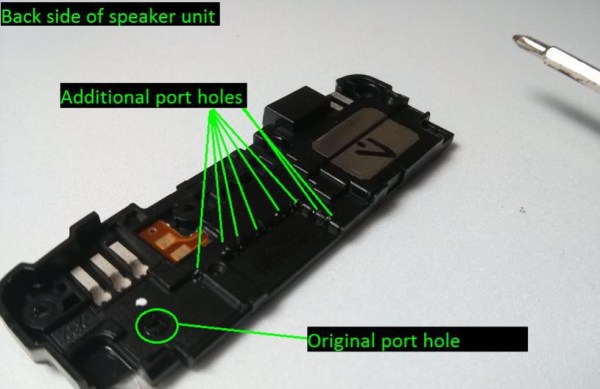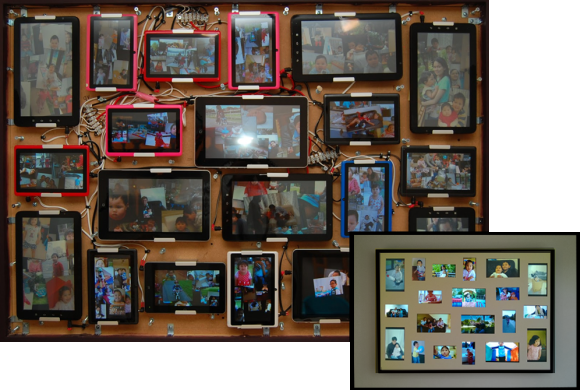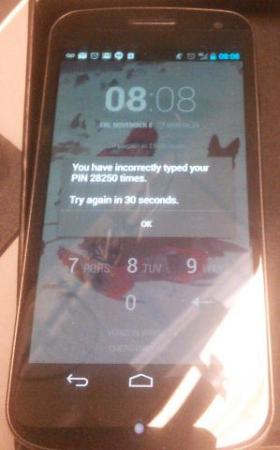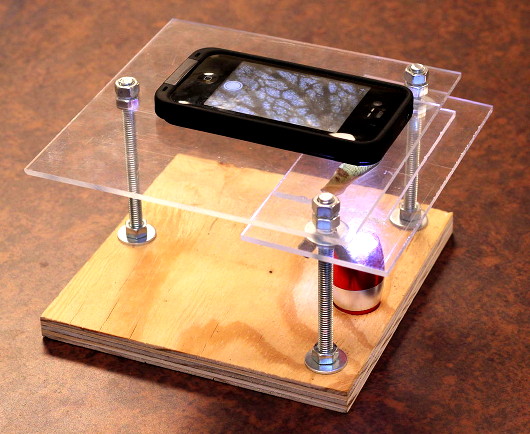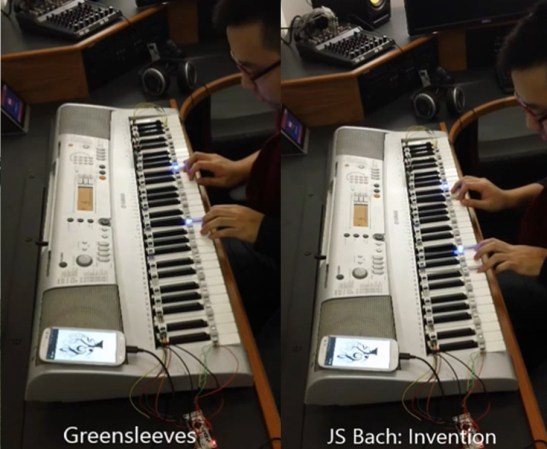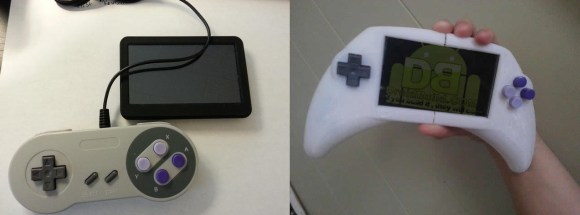
[Carnivore] over at Droid Build is working on a very awesome Android Gaming Controller called the EmuDroid 4.
It’s a work in progress at the moment, but so far it looks utterly fantastic. He is combining an android tablet with a USB SNES controller, an OTG adapter, and an inductive charging unit. He’s cramming them all into a custom designed, 3D printed controller body, which is semi-reminiscent of an Xbox 360 controller — minus the joysticks.
The forum posts go over his current progress and outline the ups and downs of 3D printing a project as precise as this. There is everything from designing it in segments to suit the small build volume of his UP 3D printer, to dealing with issues like delamination from the print bed, and seamlessly bonding the parts together. It’s a great learning experience, and we love to see projects in progress like this. Best of all, he’s planning on giving it away for FREE when it’s complete!
We’ve seen lots of modified controllers used with Android before, but we think this integrated solution really takes the cake, at least for now anyway!
[Thanks Tony!]

